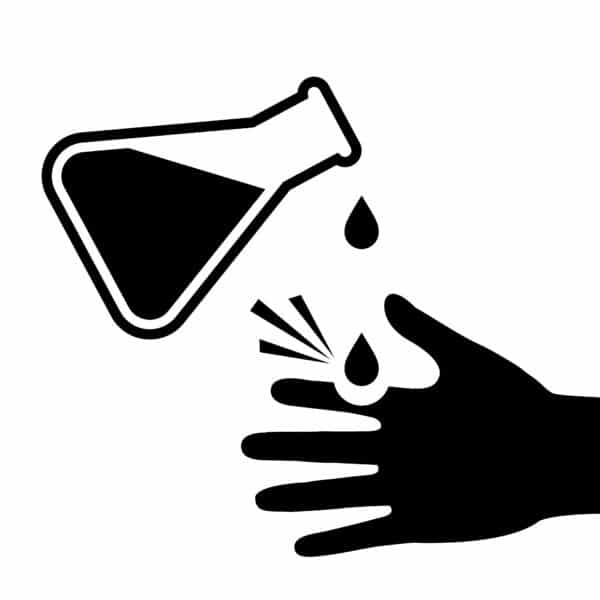Posted: Friday, 17 June 2022
When looking at the big picture for the industrial sanitisation and disinfection sector there are two main ways that can treat both water and air – using chemicals or ultraviolet light technology.
Both treatments are well established and offer very high levels of effectiveness, but they target microorganisms in different ways.

Let’s take a look at chemical treatments first
Chemical treatments such as using chlorine or ozone in disinfection systems inactivate microorganisms by destroying or damaging cellular structures, interfering with metabolism, and hindering biosynthesis and growth (Ref: research by Snowball and Hornsey 1988).
These kinds of treatments are very effective but do require careful handling and storage of the chemicals to remove operating risks. The equipment also tends to have a large physical footprint when you take into account storage tanks, the various safety equipment and the size of the system itself. There may also be the need for post-treatment of the air or water to remove any remaining chemical elements, which may also affect water taste, colour or odour.
How does UV technology compare or differ?
UV light (at the right wavelength) works by breaking down certain chemical bonds and scrambling the structure of DNA, RNA and proteins, causing a microorganism to be unable to multiply. When a microorganism is unable to multiply, it is considered “dead” since it cannot reproduce within a host and is no longer infectious.
 Effectiveness depends on the wavelength of the UV light and exposure time. Distance between the light emitting source and the object also can affect the treatment time required. See our blog on the how to calculate the correct dose.
Effectiveness depends on the wavelength of the UV light and exposure time. Distance between the light emitting source and the object also can affect the treatment time required. See our blog on the how to calculate the correct dose.
There are similar very high levels of effectiveness for UV-C treatments versus chemicals (industries may have differing levels of disinfection requirements), and you may see references to UV light ‘killing’ microorganisms on various websites. As this isn’t technically correct, the industry is being encouraged to remove this kind of reference, albeit both treatments have the same end result.
Exposure to UV light can be harmful to humans but a UV disinfection system should be self-contained, reducing exposure risks. This means it can be safer to work with and does not leave any residual elements in the water or air to deal with at the post-treatment stage.
The physical footprint of the system itself is also much smaller meaning effective use of space, which opens up using UV light in other sectors such as shipping ballast water treatments.
All of this makes ultraviolet light more environmentally friendly and easier to maintain.
For more detailed information on how UV works visit our information page.
When you are next assessing your sanitation and disinfection treatment systems talk to Alpha-Purify where our expert sales and technical teams are ready to help you better understand the choices you have available to fit your requirements.